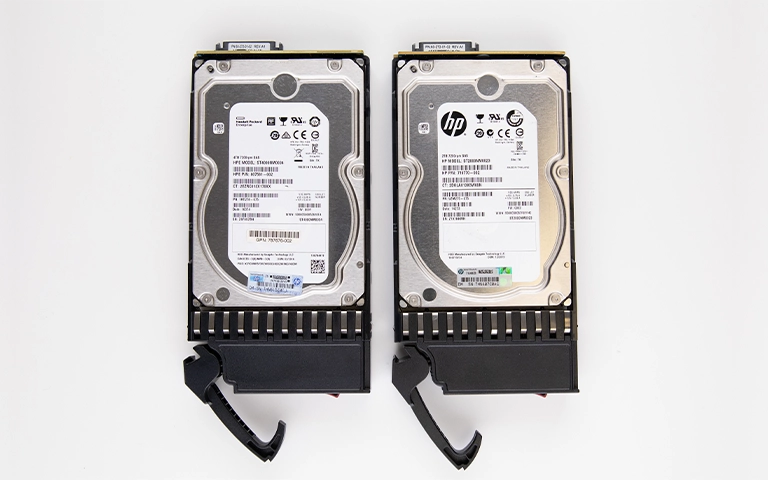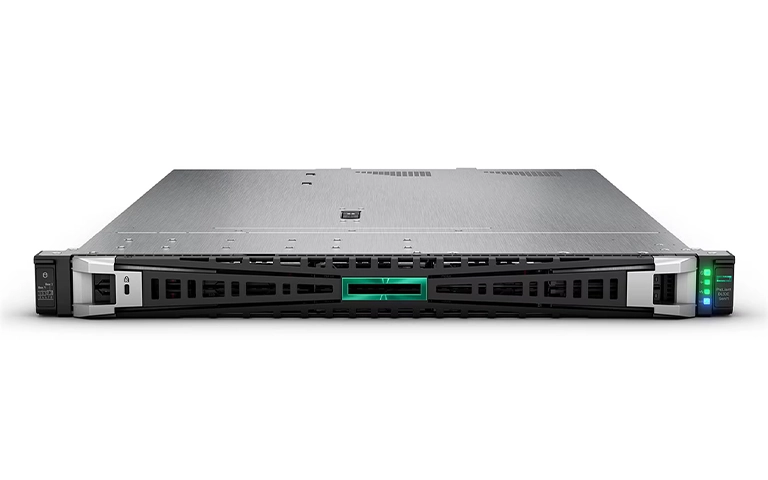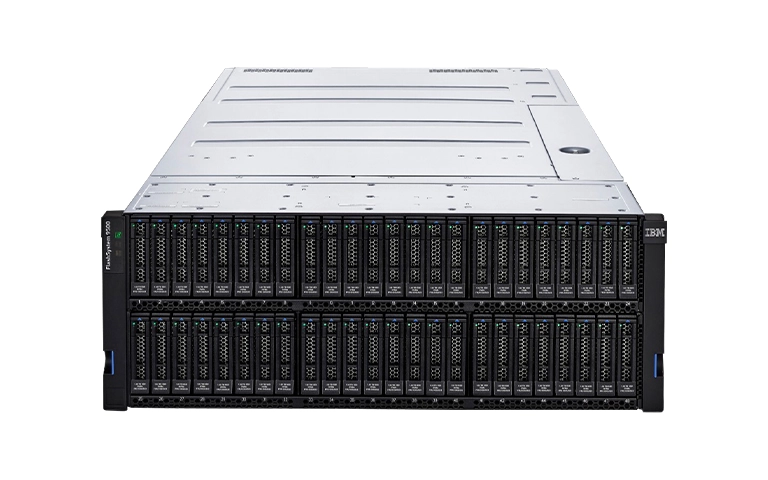In this case study, we share how our data recovery engineers successfully restored critical data from a failed RAID 5 array configured on an HP ProLiant ML380 G6 server. The array experienced failure due to two malfunctioning SATA hard drives, which led to total data inaccessibility across the company’s shared file system.
The Challenge: HP ProLiant Server Wouldn’t Boot
The client’s server—a well-configured HP ProLiant ML380 G6—suddenly went dark. With the system no longer powering on and no hard drives visible in BIOS, the customer immediately suspected drive failure. The server had been in use for over five years with three SATA hard drives connected to an HP Smart Array P410i RAID controller, set up in RAID 5.
While this controller supports RAID 0, 1, 5, and 50, it does not support RAID 6. That ruled out some redundancy, leaving the system vulnerable to exactly what occurred—two simultaneous drive failures.
Your Data Security Is Our Priority
Data privacy isn’t optional. It’s our commitment. Our secure recovery process ensures your sensitive information stays protected from start to finish.
Trust in certified security. Start your recovery today! Call Now: 888.611.0737
What the Client Needed
The business operated primarily from a shared D:\ partition, where teams stored projects, documents, spreadsheets, design files, and accounting records. Losing this partition would halt productivity across departments. The client’s goal was simple: retrieve as much data as possible from that volume
Initial Evaluation and Findings
After receiving the three Seagate SATA drives, our engineers ran thorough diagnostics:
- All three drives were mechanically operational but extremely degraded
- Bad sectors, slow read speeds (as low as 5 MB/s), and high reallocated sector counts
- One drive appeared to have been offline for months, based on SMART logs.
Running direct RAID analysis was not feasible due to the risk of further degrading these already fragile drives. Instead, we immediately moved forward with bit-level imaging.
Bit-by-Bit Cloning and Safe Imaging
We cloned each drive to a binary image file using write-blocked, error-handling imaging stations. This approach ensures:
- No further wear on the original drives
- Bad sector retries handled in a controlled environment
- Imaging logs retained for forensic reference
Thanks to the relatively small size of the drives (two 160GB and one 500GB), imaging was completed within a reasonable timeframe.

Get a Free Consultation.
Our recovery experts are ready to assess your device and guide you through the safest path to recovery. Fill out the form to get started.
"*" indicates required fields
Understanding RAID 5 Layout and Why It Matters
After imaging, the next challenge was identifying the correct RAID configuration. RAID recovery depends on several key factors:
- RAID level (0, 1, 5, 6, etc.)
- Disk order
- Block size
- Parity rotation pattern
- Delay or offset pattern
A misstep in any of these parameters can result in a partially built volume with corrupt files or an unreadable filesystem.
Block Size: The Foundation of RAID Striping
In this case, we discovered the block size used in the RAID 5 configuration was 128 sectors (or 64KB). Block size refers to how much data is written to one disk before the RAID controller moves to the next disk in the array.
Why block size matters:
- If it’s incorrect, file data will be misaligned when the RAID is rebuilt
- Larger blocks reduce parity overhead but increase read latency for small files
- Matching the correct block size ensures logical integrity when reconstructing volumes
After comparing entropy across blocks of different sizes, our team confirmed that 128-sector blocks resulted in properly aligned file headers and readable metadata.
Delay Pattern and Rotational Parity: Making Sense of the Data Flow
The delay or parity rotation pattern refers to how the RAID controller distributes parity and data across the drives. In this case, the array used a 16-block delay rotation pattern.
What does that mean?
- Every 16 blocks, the parity “rotates” to a different drive
- This ensures that parity is evenly distributed, improving fault tolerance
- The controller reads data in specific cycles, and reconstruction software must match this pattern exactly to recover files correctly
We confirmed the 16-block delay pattern by observing consistent parity shifts and matching file segment positioning across drives. This insight allowed us to properly align data chunks and reconstruct the original volume.

Logical Volume Reconstruction
With the correct parameters in place (RAID 5, block size = 128 sectors, 16-block delay, disk order), our team mounted the array in a controlled recovery environment. We identified the D:\ partition, validated file system consistency, and performed a sector-level scan to confirm file integrity.
A critical step was excluding the outdated drive that had likely failed weeks before the others. Including it would have introduced stale or corrupted parity data. Instead, we rebuilt the array using only the two most current and stable disk images.
Results and Verification
All customer data was successfully recovered, including:
- Project documentation
- PDF contracts and spreadsheets
- AutoCAD and Adobe files
- QuickBooks company files and backups
- HR and payroll data
The client reviewed the recovered files remotely, confirmed completeness and integrity, and approved the final delivery. We transferred the data both via encrypted cloud storage and a physically shipped external drive.
Final Outcome
- Recovery Rate: Over 99% of critical data restored
- Cause of Failure: Dual drive failure and outdated disk in degraded RAID 5
- Time to Recover: Less than 4 business days
- Client Feedback: Extremely satisfied with recovery quality and turnaround
Preventive Advice for IT Teams
- Avoid using SATA drives in mission-critical servers
SAS drives offer better endurance and lower failure rates in enterprise environments. - RAID is not a backup
Use automated and versioned backup systems alongside RAID to ensure recoverability. - Monitor RAID health weekly
Regularly check logs and SMART data. A degraded array must be addressed immediately. - Document RAID parameters
Knowing the block size and parity rotation can save time during recovery scenarios. - Use power protection equipment
Unplanned shutdowns are a common cause of disk corruption and RAID sync loss.
Need Professional RAID Recovery Help?
Experiencing a similar RAID failure or server crash? Let our certified RAID recovery specialists help you get your data back.
- Call us at 888.611.0737
- Learn more about RAID Data Recovery Services
Submit your case through our Request Help Form
We recover what others can’t.

Don't Let Data Loss Ruin Your Business
Minimize business disruption. We retrieve lost data fast, so you can focus on what matters.


